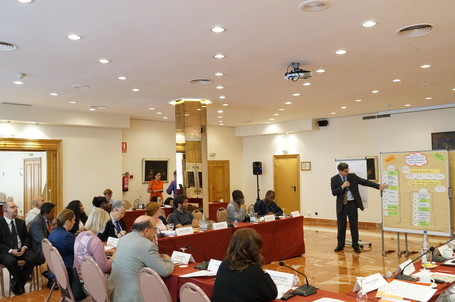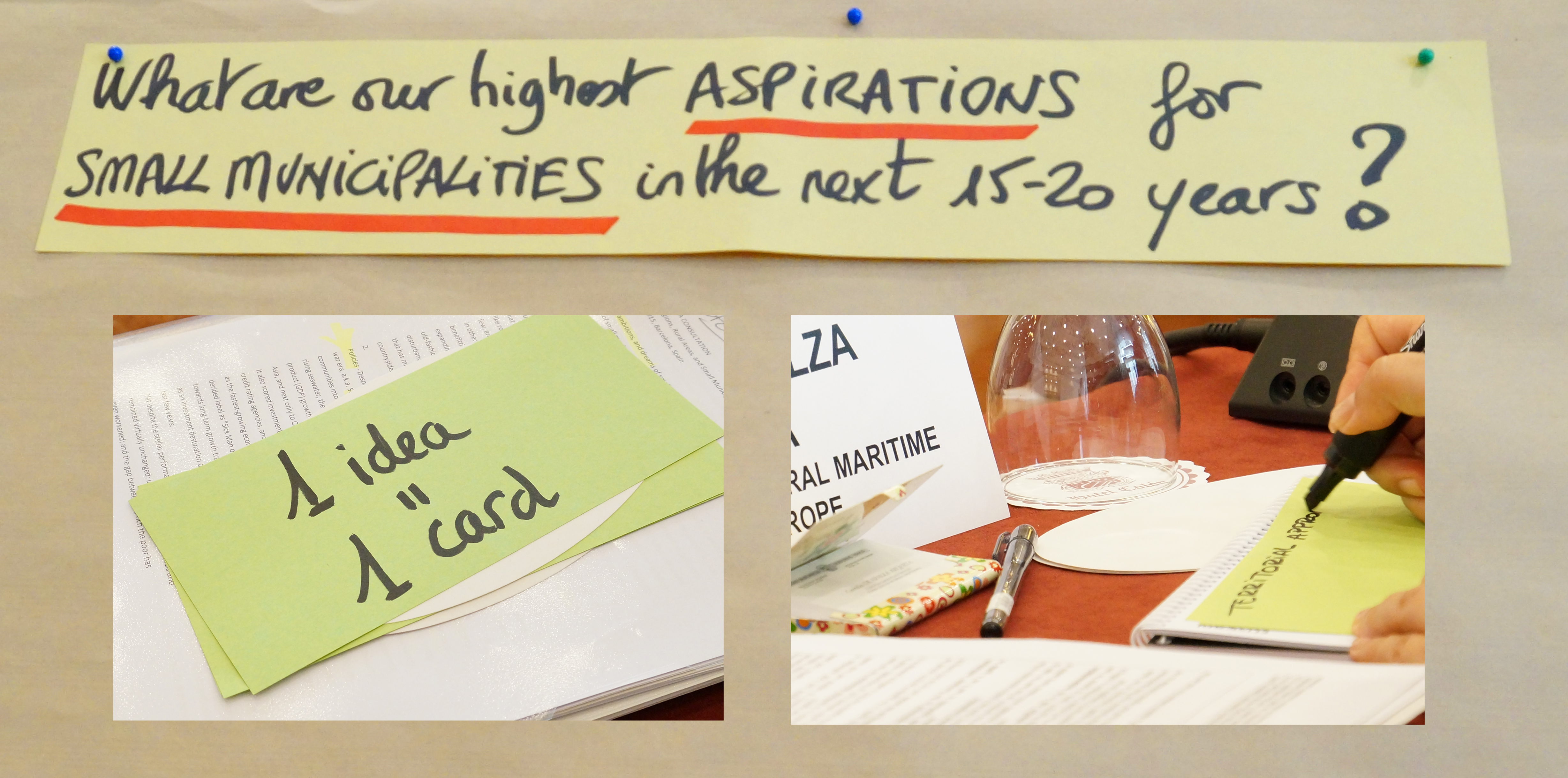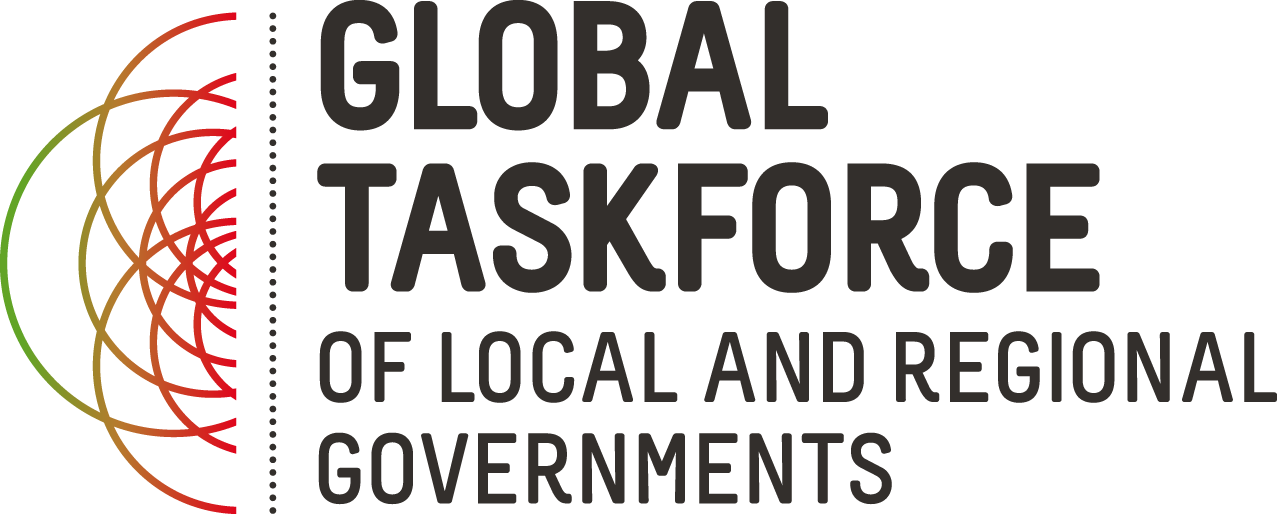
By Kate Shea Baird, UCLG World Secretariat
“Which part do intermediary cities play in the national opera? Are they tenors or sopranos?” Professor Brian Roberts put this question to representatives of intermediary cities in the first of a series of UCLG consultations aiming to gather inputs to the Global Agenda of Local and Regional Governments.
This musical metaphor captures many of the joys and challenges of trying to draw up (or should I say ‘compose’!) an international political agenda that represents the aspirations and priorities of local and regional governments across the world. Small towns, large cities, and rural areas each make distinct, but mutually reinforcing, contributions to sustainable development, rather like the voices in a choir sing different parts that come together to produce a harmony. Sustainable rural ecosystems are impossible if smothered by urban sprawl, while densely populated low-carbon cities depend on their surrounding regions for natural resources. In order to ensure harmonious development, the potential of each locality to contribute to sustainable development must be maximized and any discord between them minimized.
“Which part do intermediary cities play in the national opera? Are they tenors or sopranos?” This musical metaphor captures many of the joys and challenges of trying to draw up an international political agenda that represents the aspirations and priorities of local and regional governments across the world.
However, intermediary cities told us that they’re fed up of playing ‘second fiddle’. They often feel their voice gets drowned out by those of national capitals and large metropolises. They want a solo part now and again, or at least for their contributions to regional and national development to be recognized as more than mere background noise.

What about the other local governments we’ve consulted? What part do they see themselves playing in sustainable development?
Peripheral cities suffer from a similar invisibility to intermediary cities, in their case often being overshadowed by their metropolitan counterparts. In our consultations, they called for ‘the right to centrality’ for all residents of metropolitan areas, arguing that all parts of the metropolis must work in harmony with one another in order to tackle problems of inequalities and social exclusion.
Regions and rural areas, for their part, produce the baseline, or tempo, on which all sustainable development depends. Urban areas depend on the beat of the rural drum, for biodiversity, energy, and food. As strange as it may seem, the natural rhythms in our rural areas act as a metronome for the frenetic pace of the world’s cities.
As we digest the conclusions of these consultations and start to work on the next steps in bringing them together, one thing is clear: the Global Agenda that local and regional governments present at the Habitat III conference in October 2016 won’t represent a generic ‘local government’ or be sung by a single voice. It will have to reflect the richness and complexity of UCLG’s constituency, and the range of messages that local and regional governments have for the UN and its Member States. At its heart will be a call to tailor solutions to local contexts, cultures and climates, and to make room for these local voices on the international stage.
Let the show begin!










